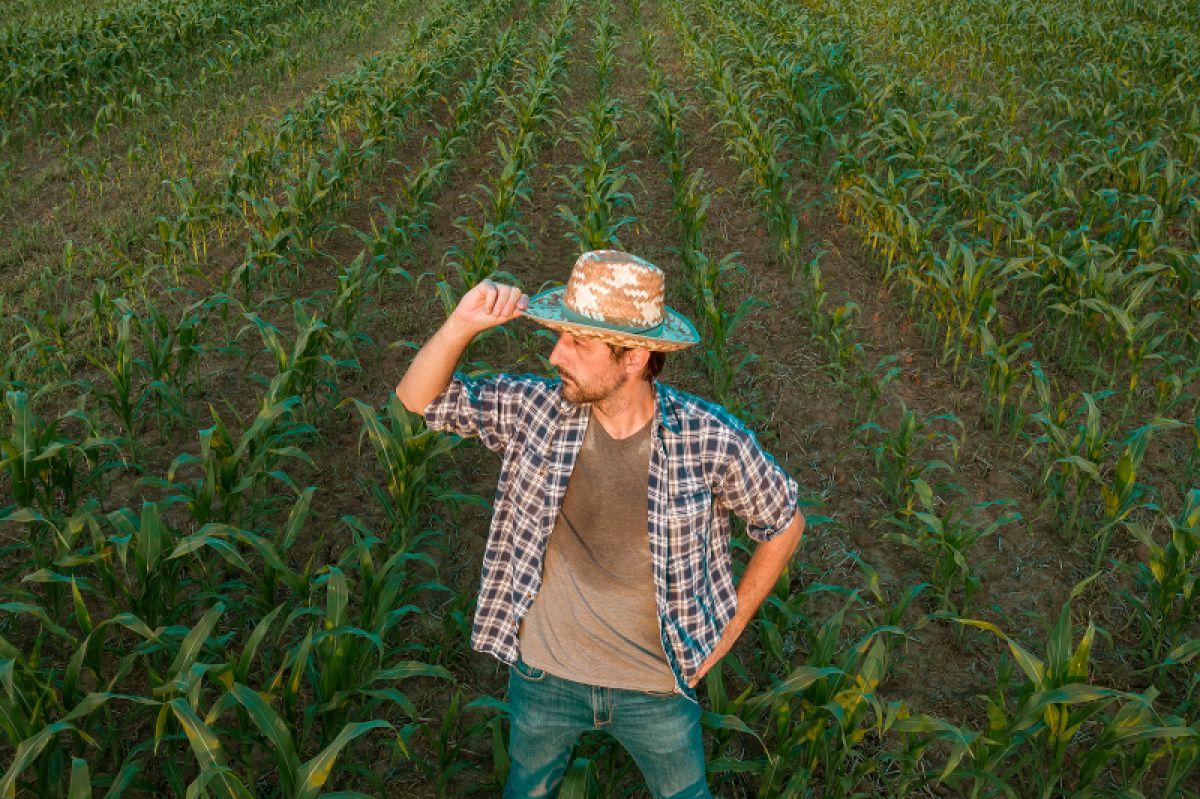
A new report from the Union of Concerned Scientists warns of loss of income and health impacts for outdoor workers due to climate change. (BIGSTOCK)
People who work outside increasingly risk their income, illness and even death as climate change ramps up extreme heat.
That’s according to a first-of-its-kind study from the Union of Concerned Scientists, titled “Too Hot To Work.” The study focused on workers who spend some or all of their work time outside, including construction workers, emergency responders and landscapers.
In the Midwest, farmworkers comprise a large portion of the outdoor workforce.
“Farmworkers are one of the groups that's most vulnerable to heat-related illness and exposure,” says Rachel Licker, a senior climate scientist, who helped compile the report.
Agricultural workers are up to 30 times more likely to die as a result of exposure to extreme heat than the general workforce, she says. That’s because many can’t afford to miss a paycheck.
Across the country, outdoor workers are at risk of losing up to $55.4 billion in earnings between now and 2065, according to the report. By mid-century in Illinois, where farmworkers provide an economic backbone, up to thirty-three workdays could be lost due to extreme temperatures. That’s compared to five workdays historically and accounts for about $2,300 in lost earnings.
The report looks at county-level data, which shows that those numbers can change based on location.
“So we found, for example, that in Lawrence County, Illinois, individuals employed in farming, fishing and forestry occupations could see about $3,500 per year in earnings at risk by midcentury without action on climate change,” Licker says. “So really, really significant earnings.”
Many migrant and undocumented farmworkers can’t forgo that money due to economic constraints and fear of employer retaliation. Many therefore don’t have a choice but to work outside in extreme heat, which can lead to dehydration, nausea, fever and even death.
“There are so many workers who are having to choose between their health and a paycheck,” Licker says. “That was really the motivation for this study, was trying to develop information that can be used to help prevent workers from having to make that kind of choice.”
The report also found that people of color, in general, are at disproportionate risk of heat-related income loss and health issues. While they comprise less than one-third of the total U.S. population, Black, African American, Hispanic and Latino people hold more than 40% of outdoor jobs.
“Which suggests that these workers will disproportionately bear the brunt of these changes,” Licker says.
If we act now, she says the impact on workers can be curbed. In the report, the Union of Concerned Scientists recommends actions on two fronts: establishing federal heat-safety standards and lowering greenhouse gas emissions.
The report specifically points to the “Asunción Valdivia Heat Illness and Fatality Prevention Act of 2021” as a means to protect outdoor workers. The bill, named after a California farmworker who died from heatstroke while picking grapes, would direct the Occupational Safety and Health Administration to mandate employers provide adequate hydration, shade and rest breaks for outdoor workers in extreme heat.
“We believe that those kinds of protections should be mandated by law,” Licker says.
She says curbing greenhouse gas emissions by investing in clean energy and transportation electrification is essential. Licker says it’s also important to hold fossil fuel corporations to account for their role in perpetuating the climate crisis and downplaying climate science for decades.
“There's a lot of movement on lawsuits and divestment campaigns and other kinds of activities to try to reduce the social license of those corporations and their ability to stall climate action any further.”













